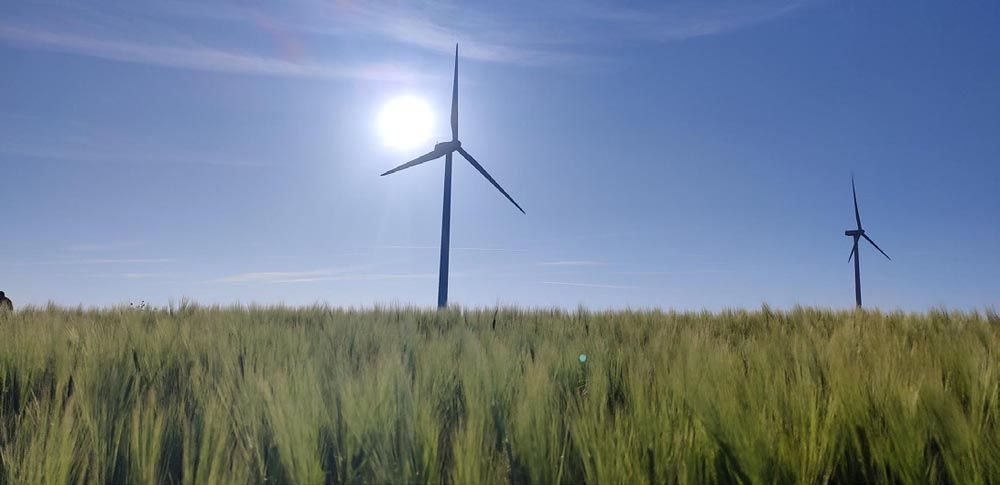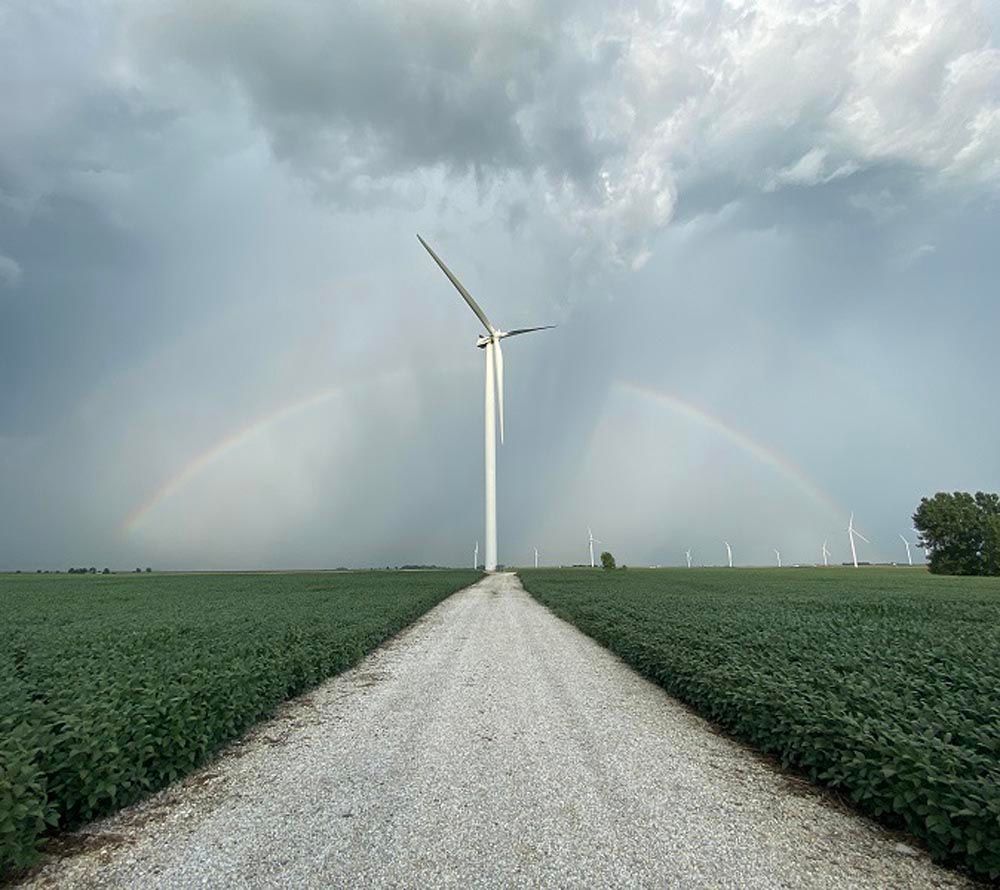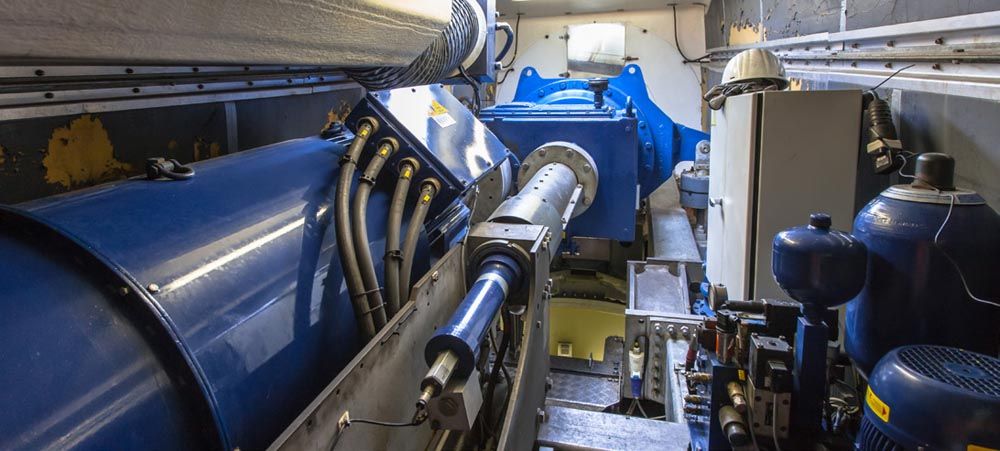The Quest for the Perfect Turbine
Condition Monitoring Software Takes Systematic Approach to Wind Farm Maintenance
There is no perfect turbine. Each one offers a set of component limitations, site challenges for offshore, availability onshore, as well keeping the turbines turning with limited to no downtime. Extending the life of the turbines and maximizing energy production and performance is, in fact, the very nature of engineering: the continual drive to make things better.
That’s the case for any system of electrical generation, where energy will leak out somewhere along the way; it’s a hard-coded truth.
Wind farm owners and operators are rising to the challenge of net-zero emissions admirably but have found their ambitious digitalization strategies hampered by software solutions that are built for a smaller, less dynamic sector. As wind scales, so does the ambition of industry stakeholders. Operators require access to their data, simplified to give them the insight they need to boost asset profitability but often adopt short-term thinking rather than long-term solutions.
In the wind industry, though, we’re a far cry from thermodynamics being the only barrier to maximizing output. And we can look at the most common lost energy issues that wind farm operators contend with daily including anything from temperature issues, pitch misalignment/calibration, rotor imbalance to leading-edge blade erosion.
Condition monitoring systems can identify issues before they worsen and cause failure later—allowing servicing teams to manage multiple minor faults, and not just a few catastrophes, at a time. CMS systems have become proven technology, with the return on investment (ROI) shown as 20-1 but the systems themselves need to be treated as part of the turbine for holistic and optimized use.
An issue compromising the capacity of an individual turbine could span a whole fleet; a challenge which could, in theory, be dealt with on a turbine-by-turbine basis.








